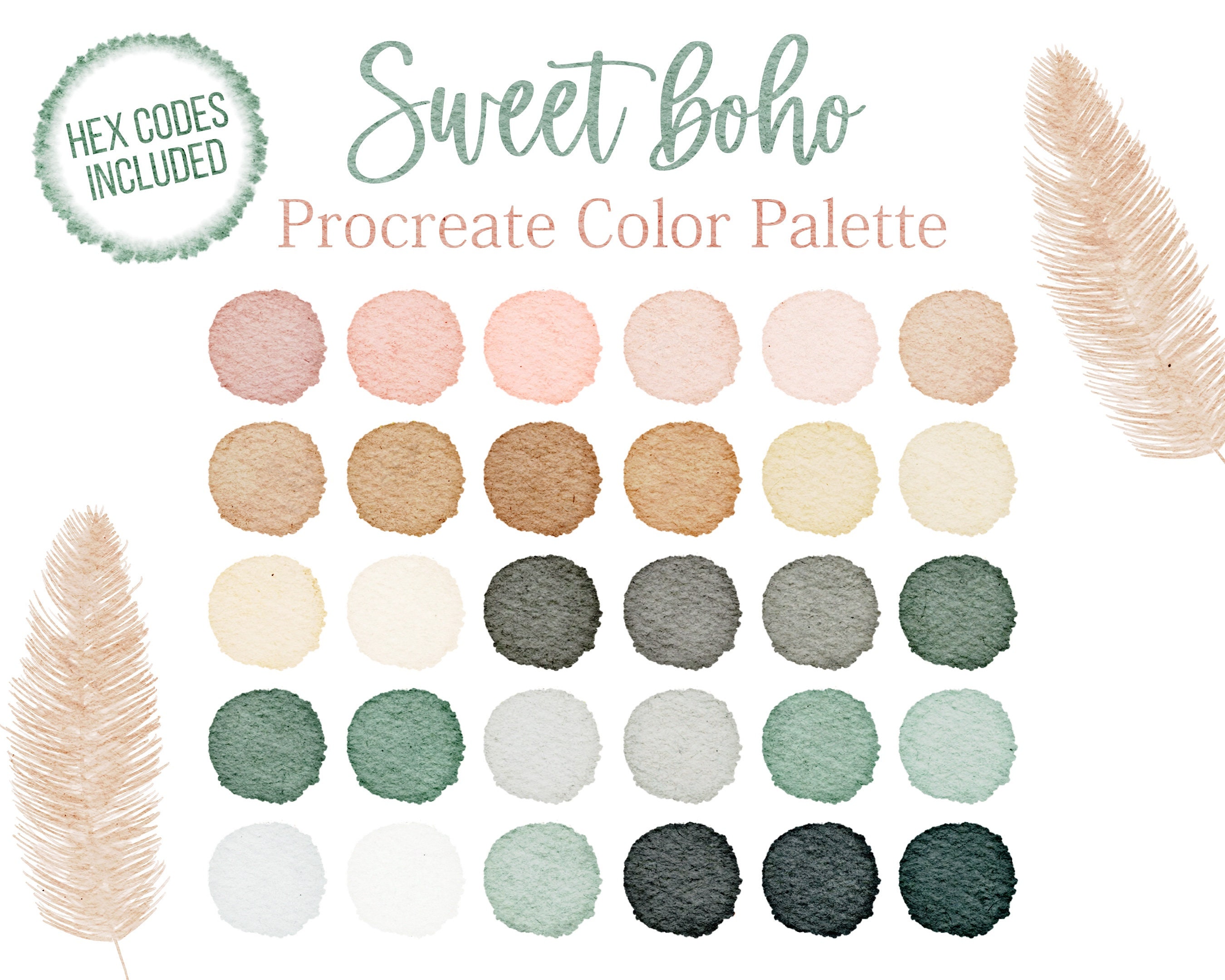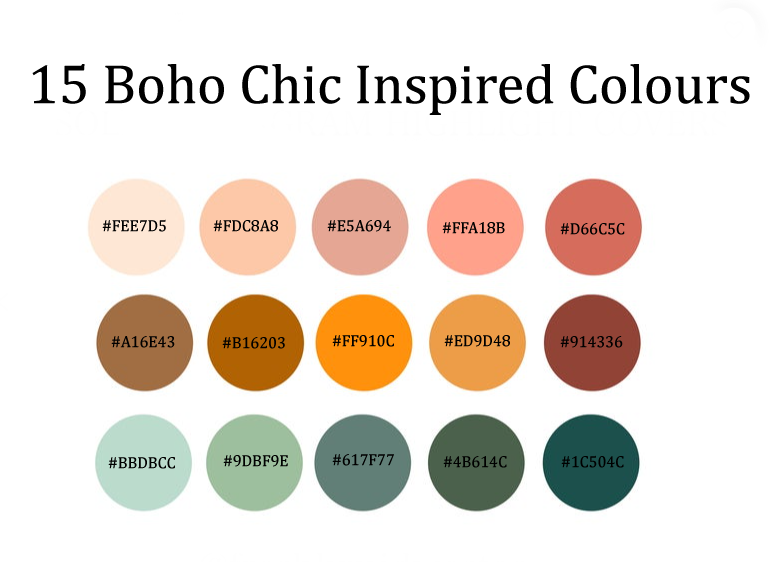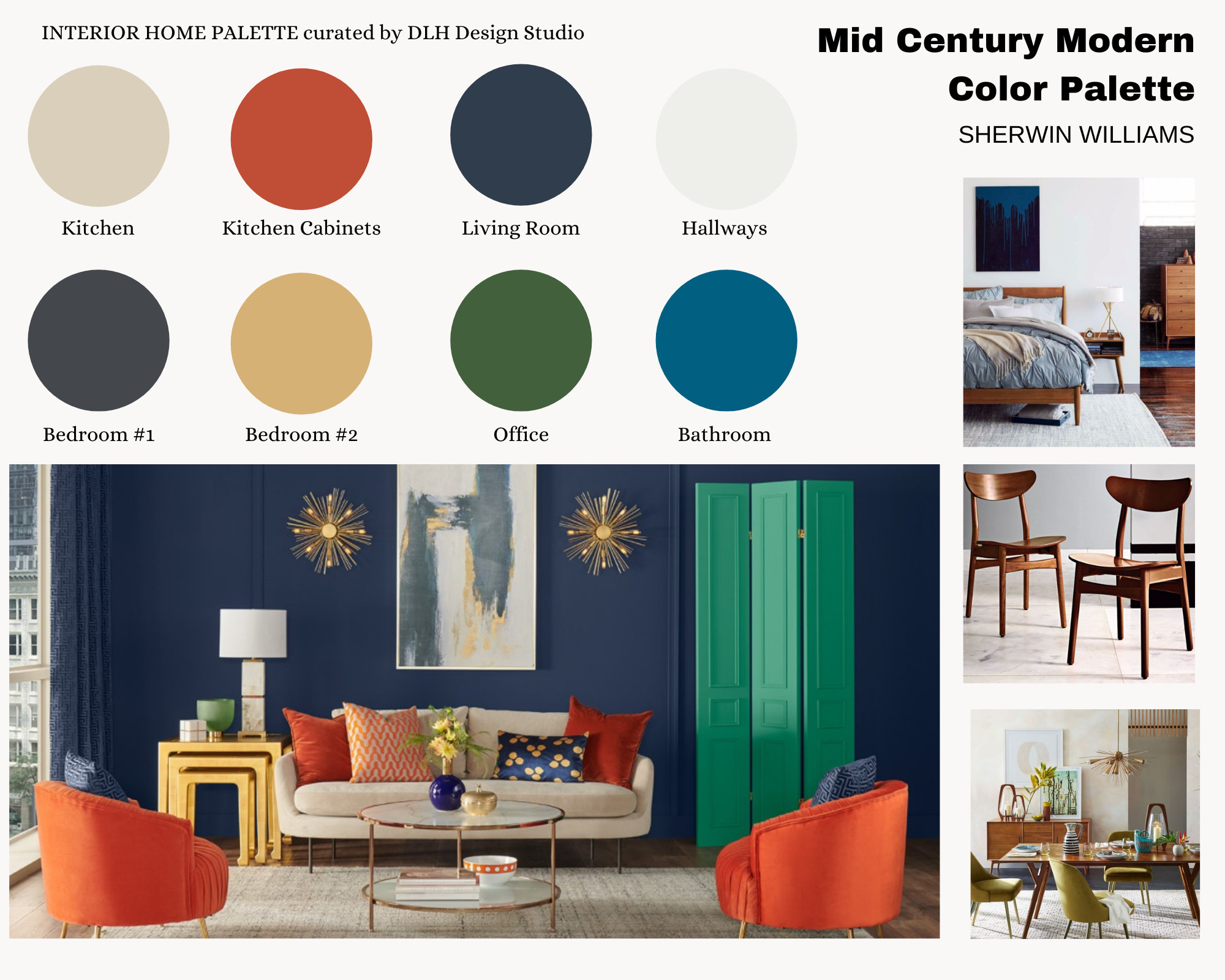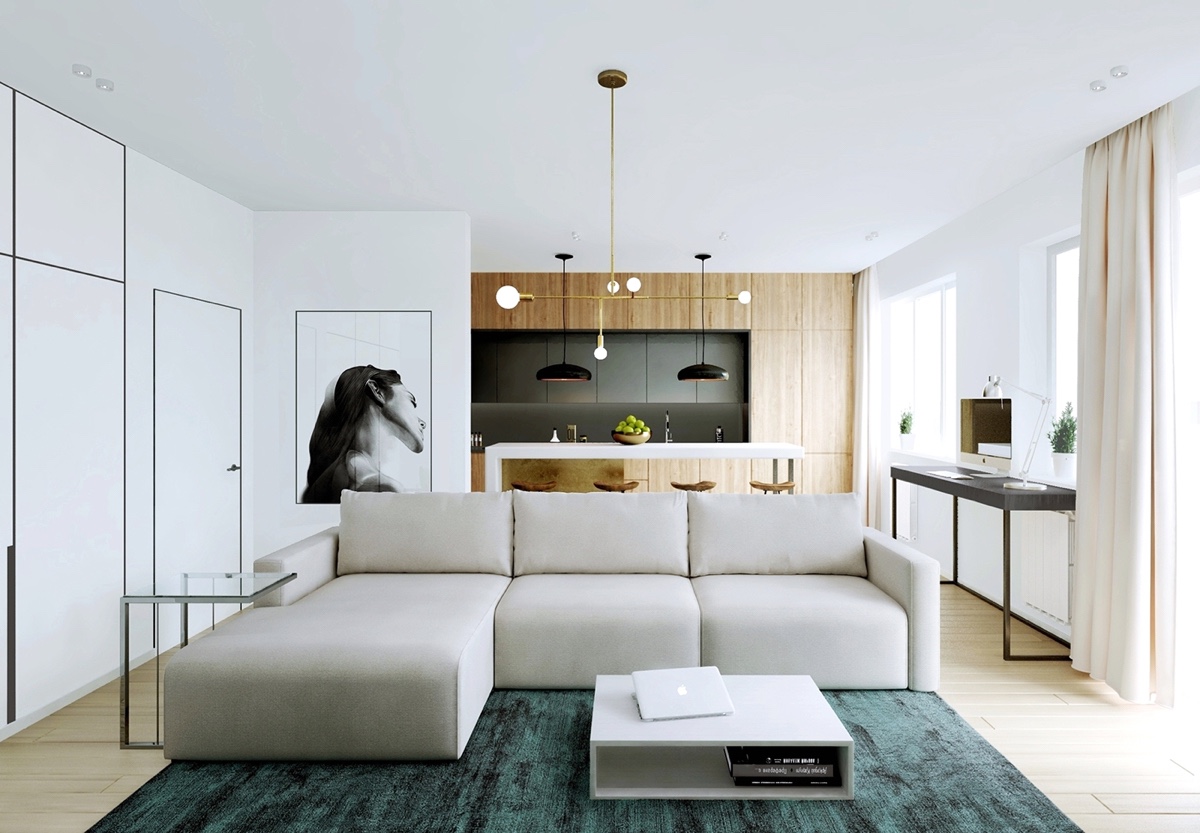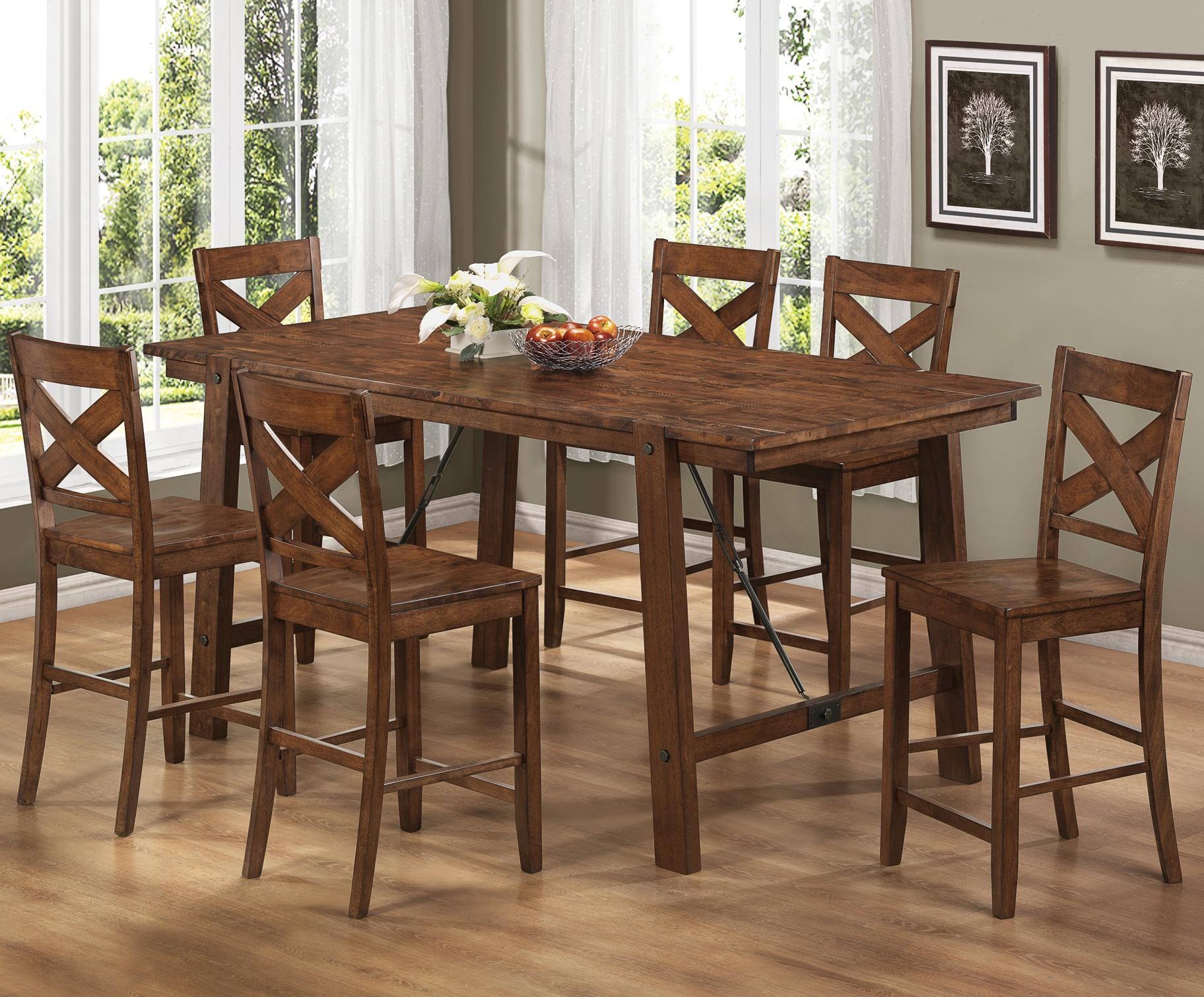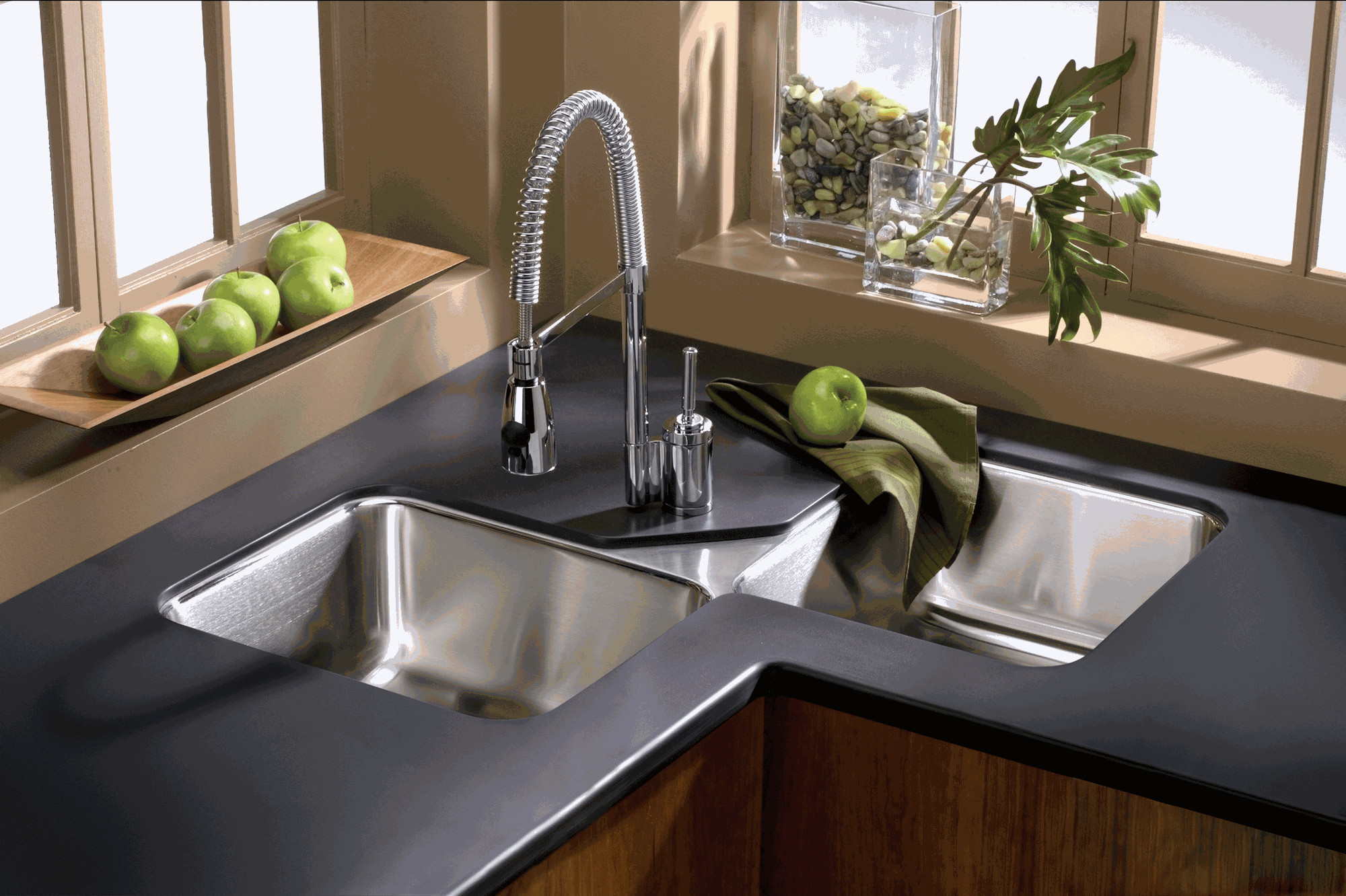A neutral color palette is a great option for those who prefer a clean and timeless look in their living room. Neutral colors such as beige, gray, and white can create a calming and harmonious atmosphere, making it the perfect choice for a space meant for relaxation and unwinding. This color scheme also serves as a great base for adding pops of color through accessories or accent pieces.Neutral Color Palette
If you want your living room to feel warm and inviting, consider using warm colors such as shades of red, orange, and yellow. These colors can make a space feel cozy and intimate, perfect for spending quality time with loved ones. You can use these colors on walls, furniture, or even in the form of throw pillows and blankets to add warmth to your living room.Warm and Cozy Living Room Colors
A monochromatic color scheme involves using different shades of the same color in a room. This creates a cohesive and harmonious look, making it a popular choice for modern and minimalist living rooms. To make this color scheme work, choose a dominant color and then use lighter and darker shades of it for variation. For example, you can use different shades of blue to create a calming and serene living room.Monochromatic Color Scheme
Complementary colors are opposite each other on the color wheel, such as blue and orange or green and red. Using complementary colors in a living room creates a bold and vibrant look, making it a great choice for those who want their space to stand out. To avoid overwhelming the room, use one color as the dominant shade and the other as an accent color.Complementary Color Scheme
An analogous color scheme involves using colors that are next to each other on the color wheel. For example, shades of blue, green, and purple. This color scheme creates a cohesive and harmonious look, making it a great choice for creating a peaceful and relaxing living room. You can use different shades of the same color or mix and match different analogous colors for a more dynamic look.Analogous Color Scheme
A triadic color scheme involves using three colors that are evenly spaced on the color wheel, such as red, yellow, and blue. This color scheme is bold and vibrant, making it a great choice for those who want to add a pop of color to their living room. To make this color scheme work, choose one dominant color and use the other two as accents.Triadic Color Scheme
An earth tone color scheme is perfect for those who want to bring a touch of nature into their living room. Earth tones such as brown, green, and beige create a warm and inviting atmosphere, making it the perfect choice for a cozy and rustic living room. You can also add natural elements such as wood or plants to enhance the earthy feel.Earth Tone Color Scheme
A beachy color scheme is perfect for creating a relaxed and coastal vibe in your living room. Shades of blue and white, along with accents of sandy beige or seafoam green, can create a refreshing and airy atmosphere. You can also add beach-inspired decor such as seashells, driftwood, or nautical prints to complete the look.Beachy Color Scheme
A bohemian color scheme is all about embracing bold and eclectic colors and patterns. Think warm, earthy tones mixed with vibrant jewel tones and playful prints. This color scheme allows for a lot of creativity and personalization, making it a great choice for free-spirited individuals who want to add a unique touch to their living room.Bohemian Color Scheme
A modern color scheme is all about simplicity and clean lines. Neutral colors such as white, gray, and black are often used as the base, with pops of bold colors for contrast. This creates a sleek and sophisticated look, perfect for those who prefer a minimalist and contemporary style. You can also add metallic accents or geometric patterns to add interest to the space.Modern Color Scheme
Adding Dimension and Depth with Complementary Colors

Why Complementary Colors Work for Your Living Room
 When it comes to designing the perfect living room, color plays a crucial role in setting the overall mood and atmosphere. The right color scheme can make a small space feel larger, add warmth and coziness, or create a vibrant and energetic vibe. One effective way to achieve a well-balanced and visually appealing living room is by using complementary colors.
Complementary colors are hues that are opposite each other on the color wheel, such as blue and orange, red and green, or yellow and purple. When used together, these colors create a high contrast that gives the illusion of depth and dimension in a room. This can be especially beneficial for smaller living rooms, as it can make the space feel more open and spacious.
When it comes to designing the perfect living room, color plays a crucial role in setting the overall mood and atmosphere. The right color scheme can make a small space feel larger, add warmth and coziness, or create a vibrant and energetic vibe. One effective way to achieve a well-balanced and visually appealing living room is by using complementary colors.
Complementary colors are hues that are opposite each other on the color wheel, such as blue and orange, red and green, or yellow and purple. When used together, these colors create a high contrast that gives the illusion of depth and dimension in a room. This can be especially beneficial for smaller living rooms, as it can make the space feel more open and spacious.
How to Incorporate Complementary Colors in Your Living Room
 To incorporate complementary colors in your living room, start by selecting a main color for the walls. This can be a neutral shade like white or beige, or a bolder color like deep blue or rich red. Next, choose one of the complementary colors to use as an accent color. This can be incorporated through furniture, decor, or even a statement wall.
For example, if your main color is a light grey, you can add pops of a deep orange through throw pillows, a rug, or a piece of artwork. This will create a striking contrast and add visual interest to the room. Another option is to paint one wall in the complementary color, creating a focal point that will draw the eye and add depth to the room.
To incorporate complementary colors in your living room, start by selecting a main color for the walls. This can be a neutral shade like white or beige, or a bolder color like deep blue or rich red. Next, choose one of the complementary colors to use as an accent color. This can be incorporated through furniture, decor, or even a statement wall.
For example, if your main color is a light grey, you can add pops of a deep orange through throw pillows, a rug, or a piece of artwork. This will create a striking contrast and add visual interest to the room. Another option is to paint one wall in the complementary color, creating a focal point that will draw the eye and add depth to the room.
The Importance of Balance and Harmony
 While complementary colors can add dimension and depth to your living room, it is important to maintain balance and harmony within the space. Too much of one color can be overwhelming and take away from the overall aesthetic. Make sure to use complementary colors in moderation and incorporate other hues and shades to create a cohesive and well-balanced look.
In conclusion, incorporating complementary colors in your living room can add dimension and depth to the space, making it more visually appealing and inviting. By carefully selecting your main color and accent color, and maintaining balance and harmony, you can create a stunning color scheme that will enhance the overall design of your living room.
While complementary colors can add dimension and depth to your living room, it is important to maintain balance and harmony within the space. Too much of one color can be overwhelming and take away from the overall aesthetic. Make sure to use complementary colors in moderation and incorporate other hues and shades to create a cohesive and well-balanced look.
In conclusion, incorporating complementary colors in your living room can add dimension and depth to the space, making it more visually appealing and inviting. By carefully selecting your main color and accent color, and maintaining balance and harmony, you can create a stunning color scheme that will enhance the overall design of your living room.




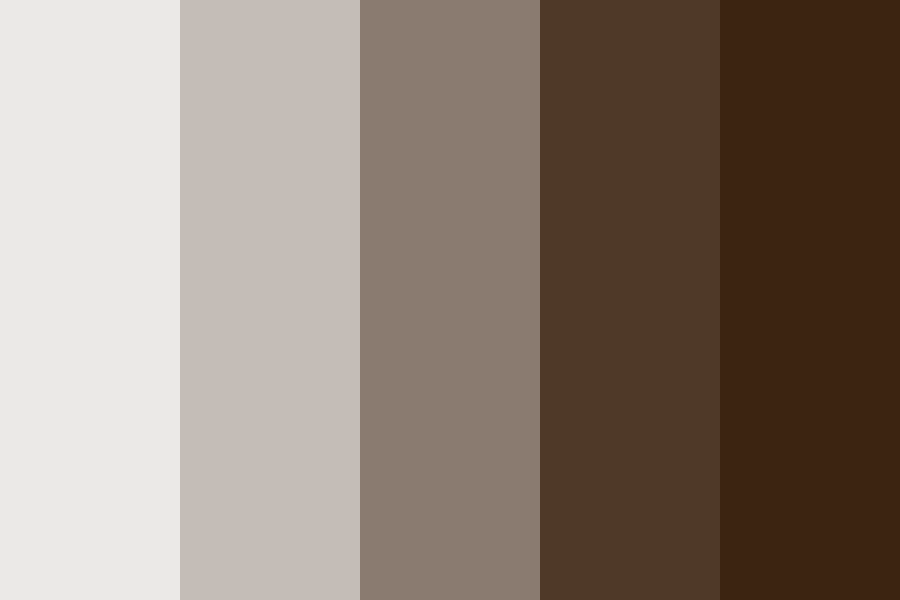

:max_bytes(150000):strip_icc()/MyDomaine_ColorPalette-Neutral-1-fe9a91dcf8814904a630a0d928216bcd.jpg)
/MyDomaine_ColorPalette-Neutral-2-3590678b1c9143e28dd6b536f0a1e008.jpg)




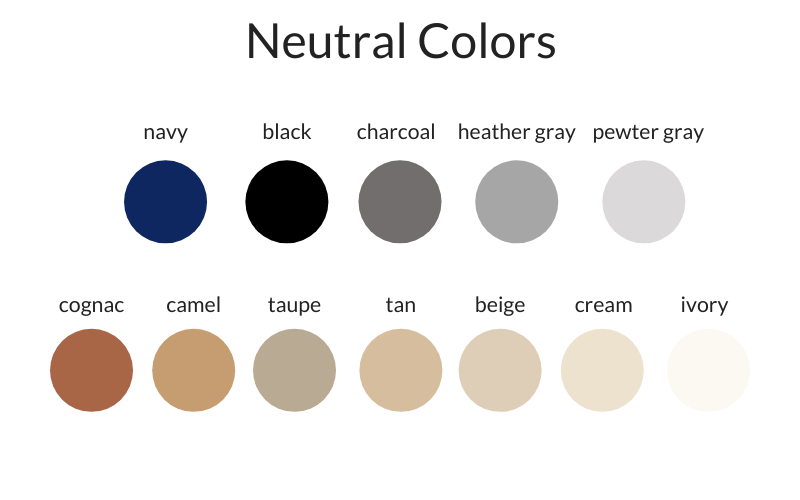


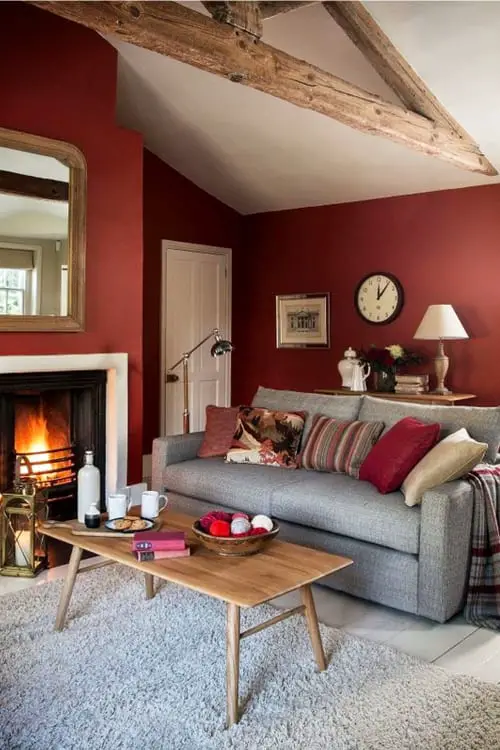
:max_bytes(150000):strip_icc()/Warm-and-cozy-living-room-Amy-Youngblood-589f82173df78c47587b80b6.png)



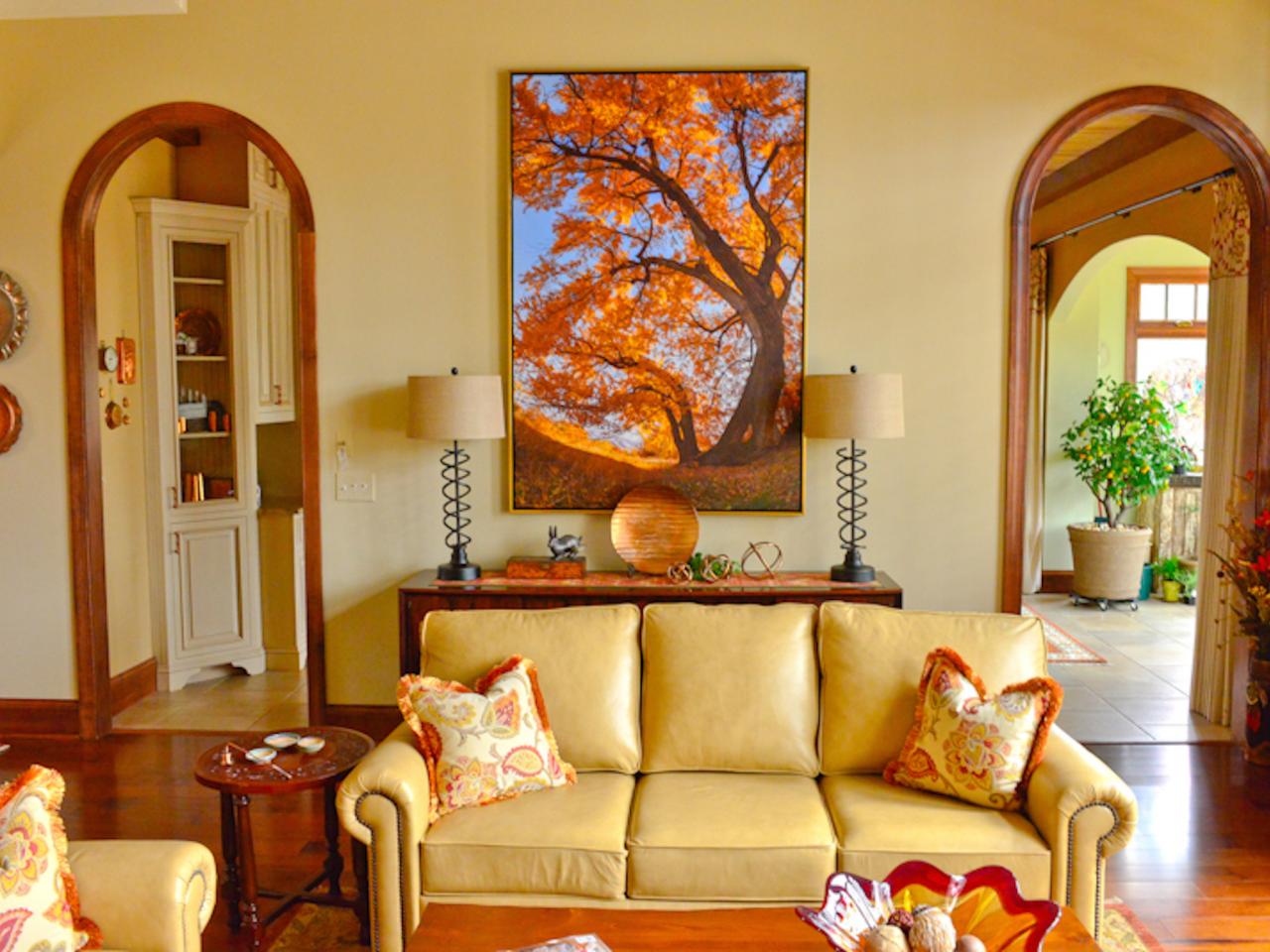
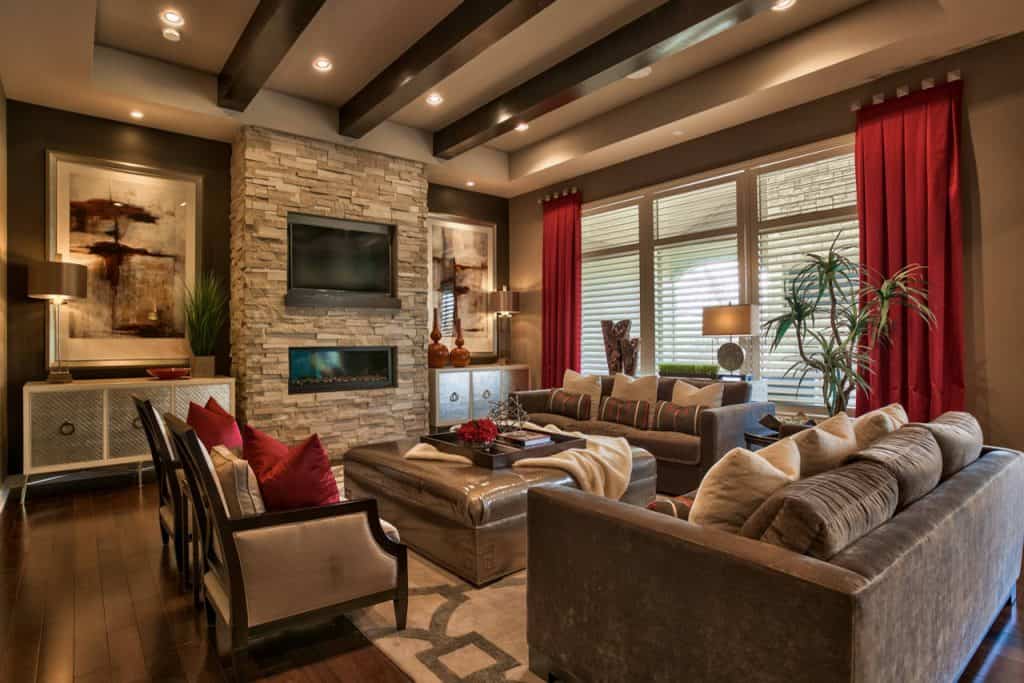






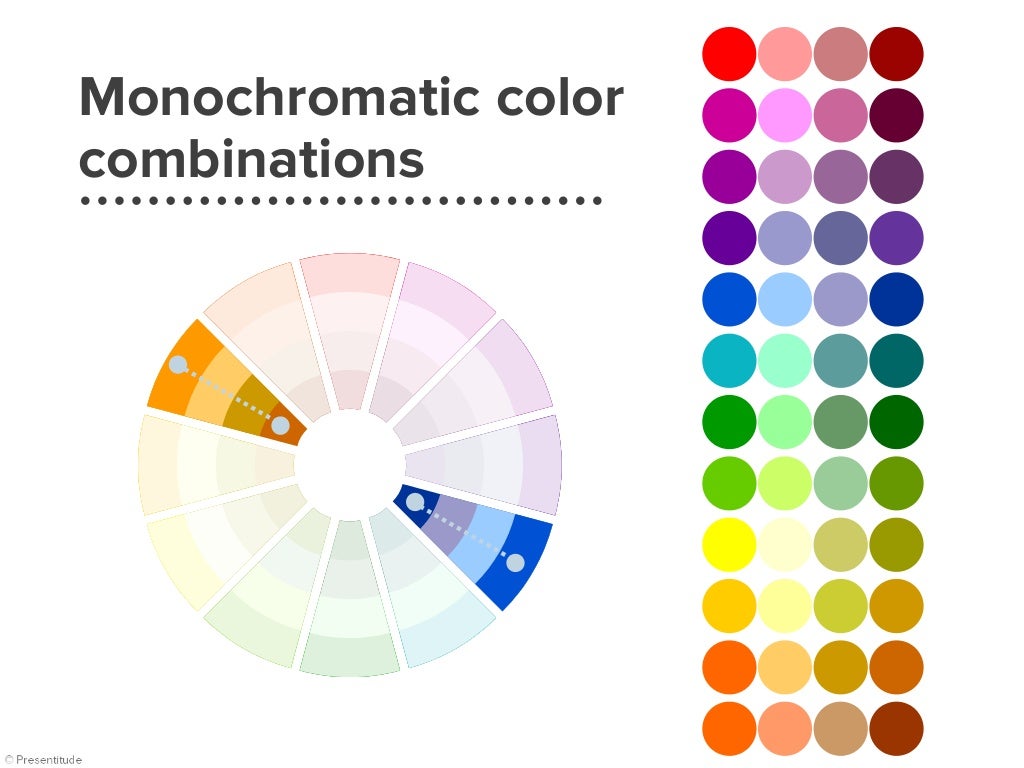



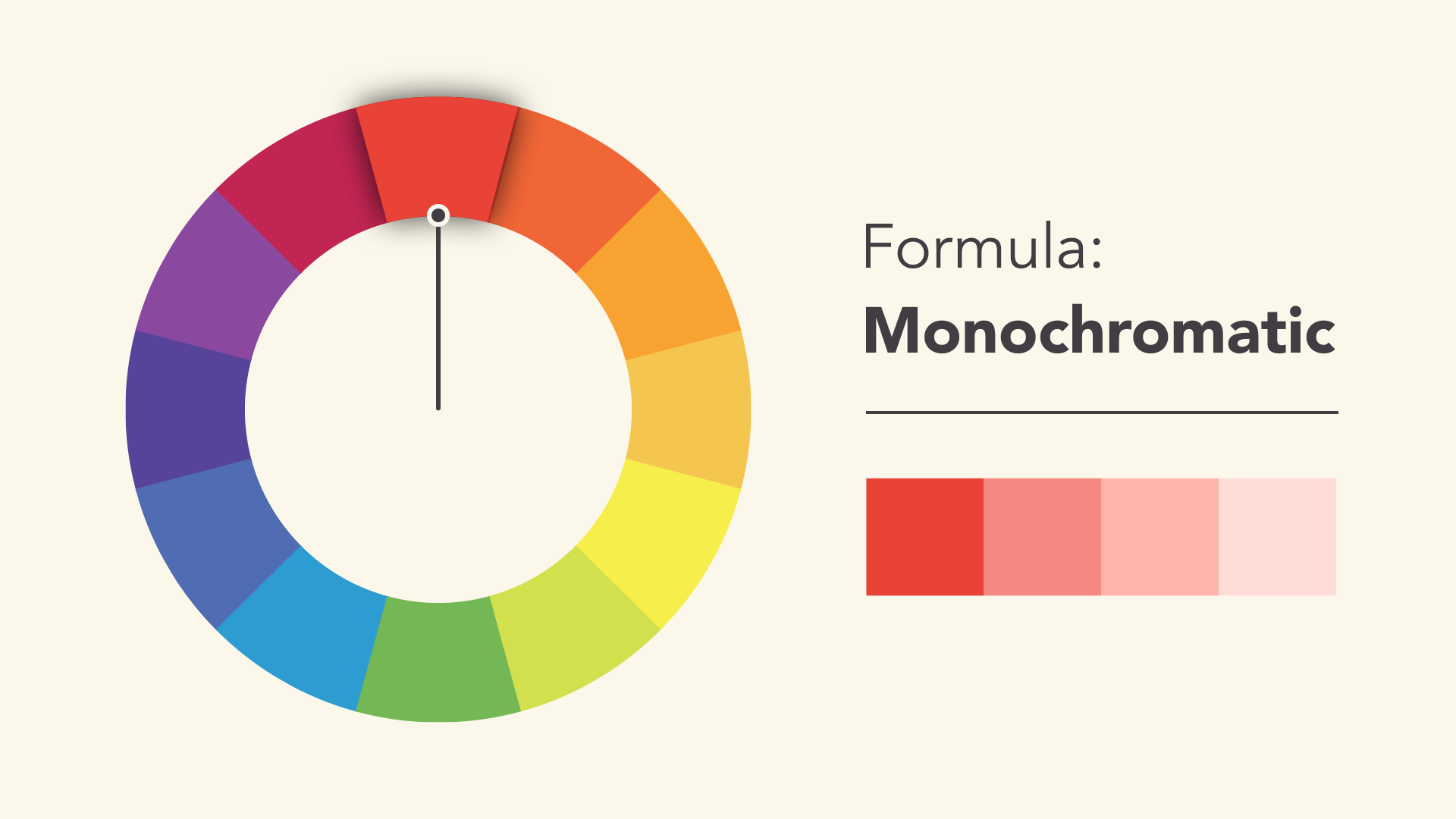


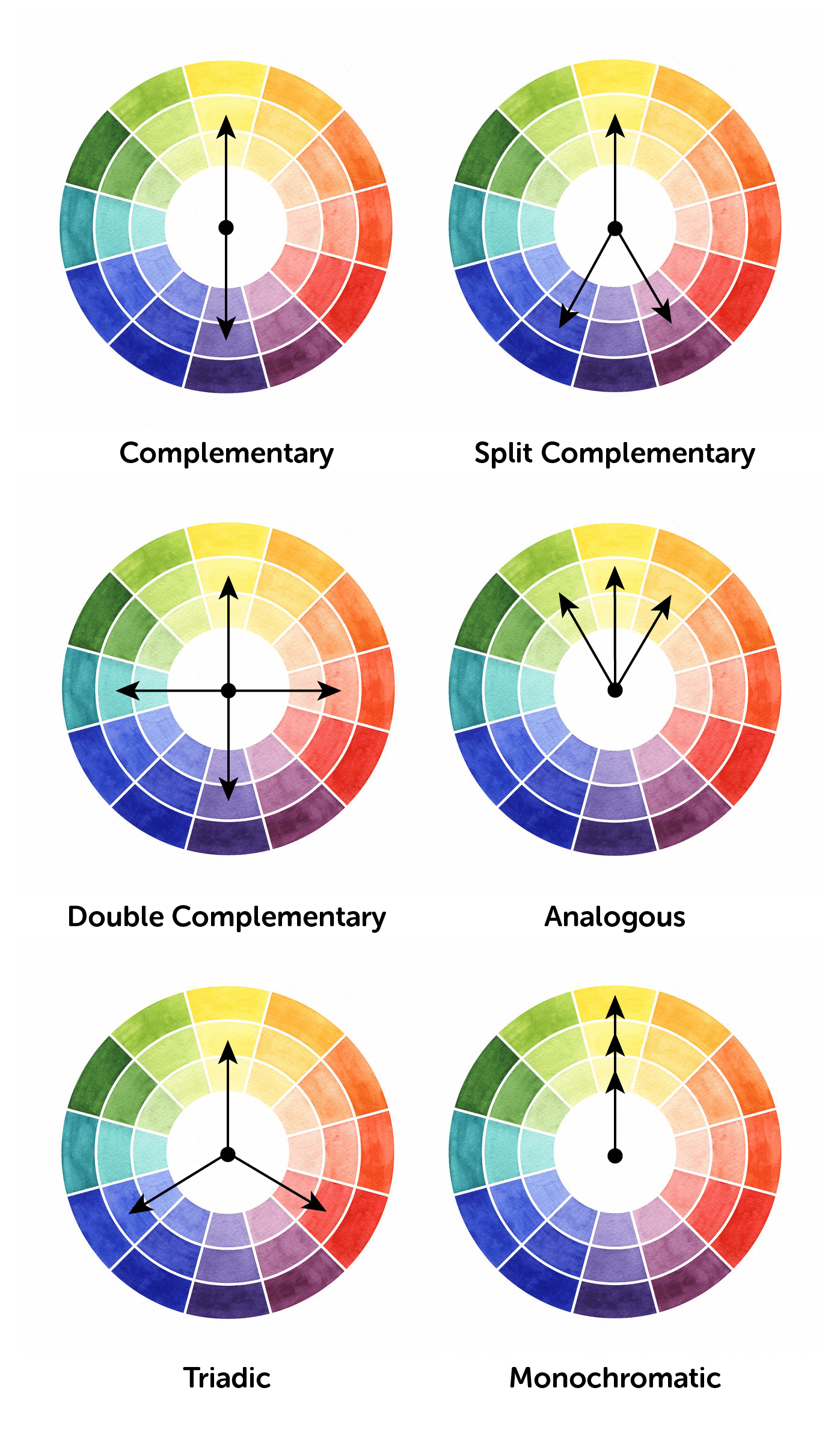


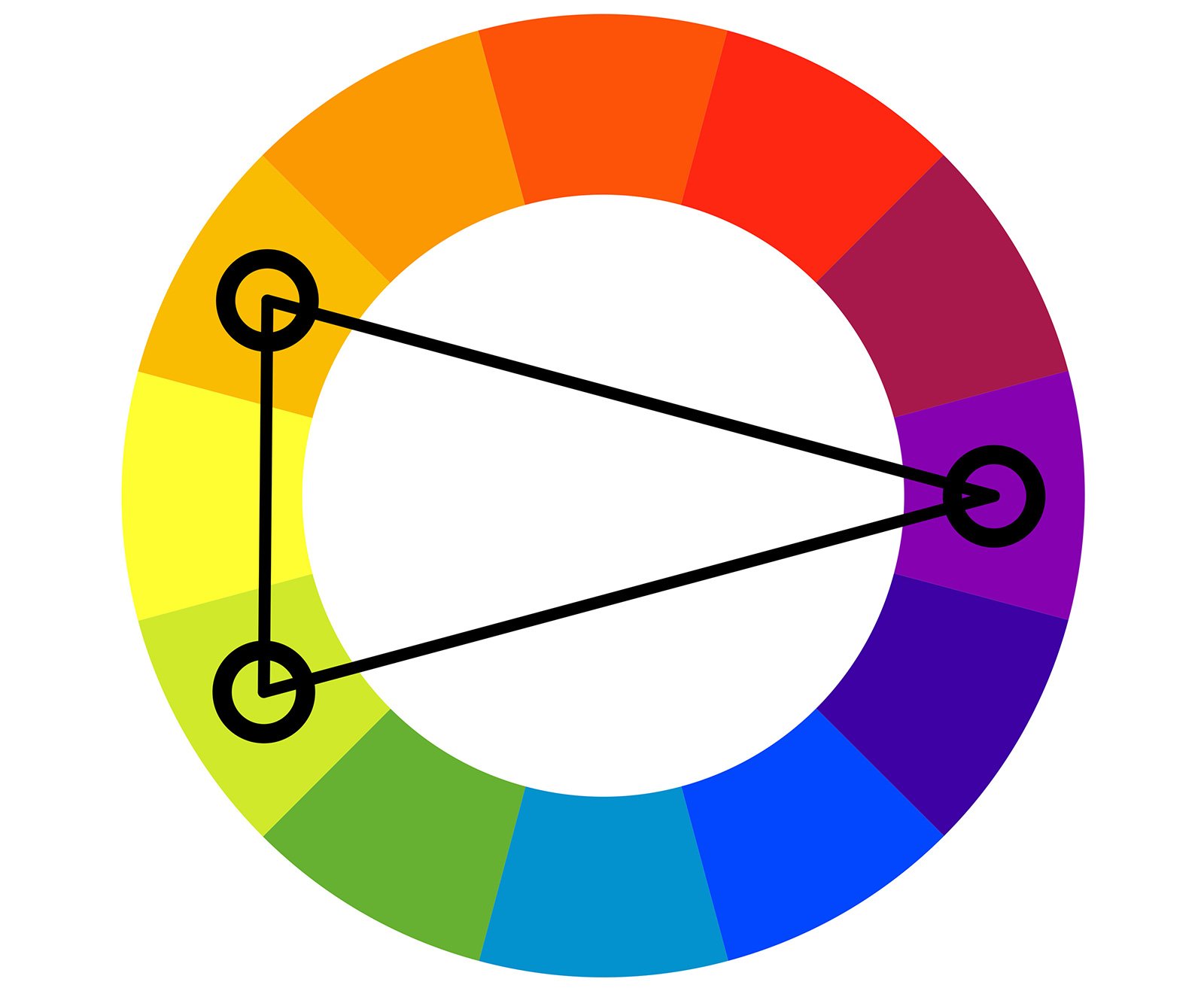
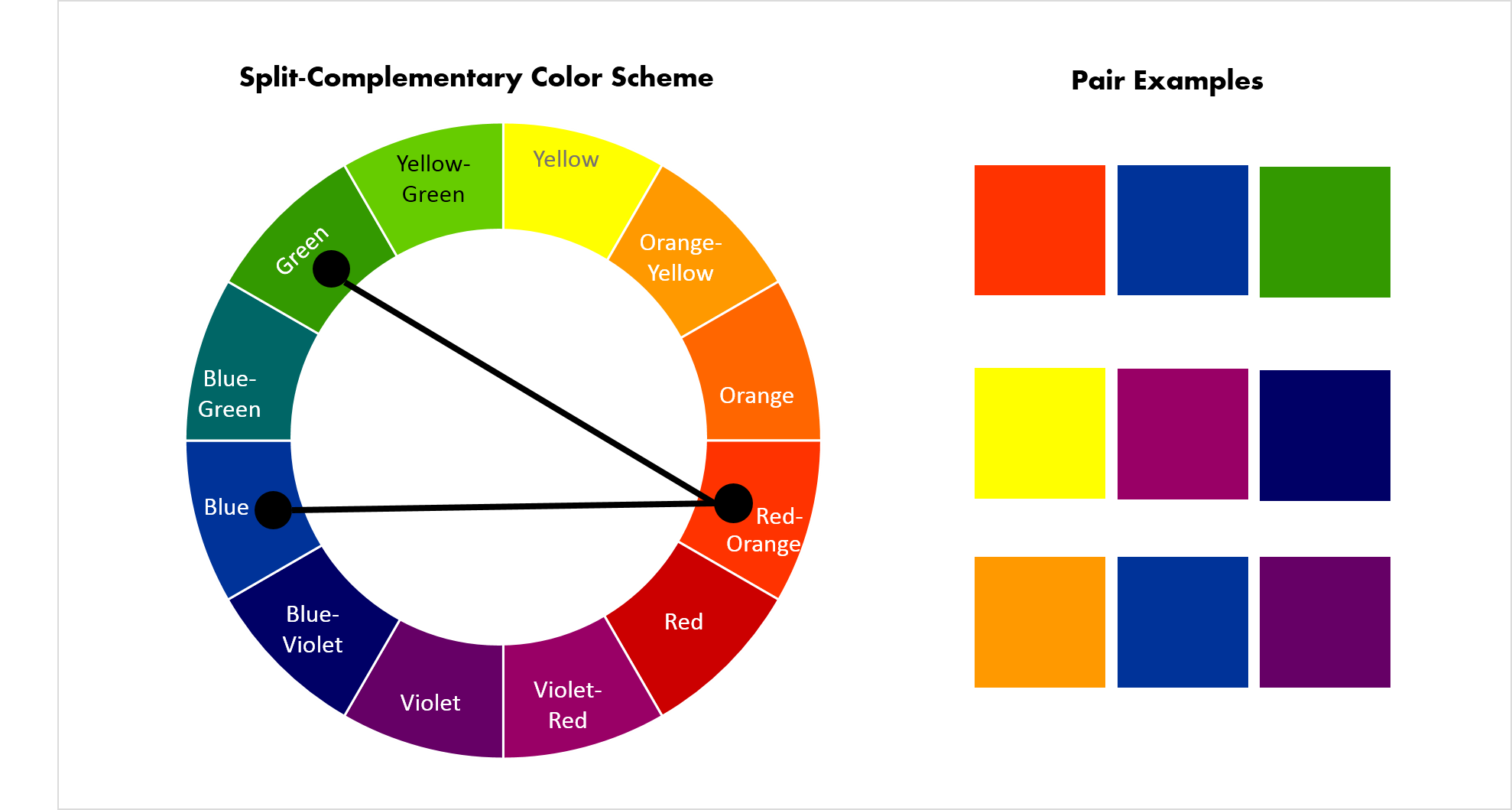


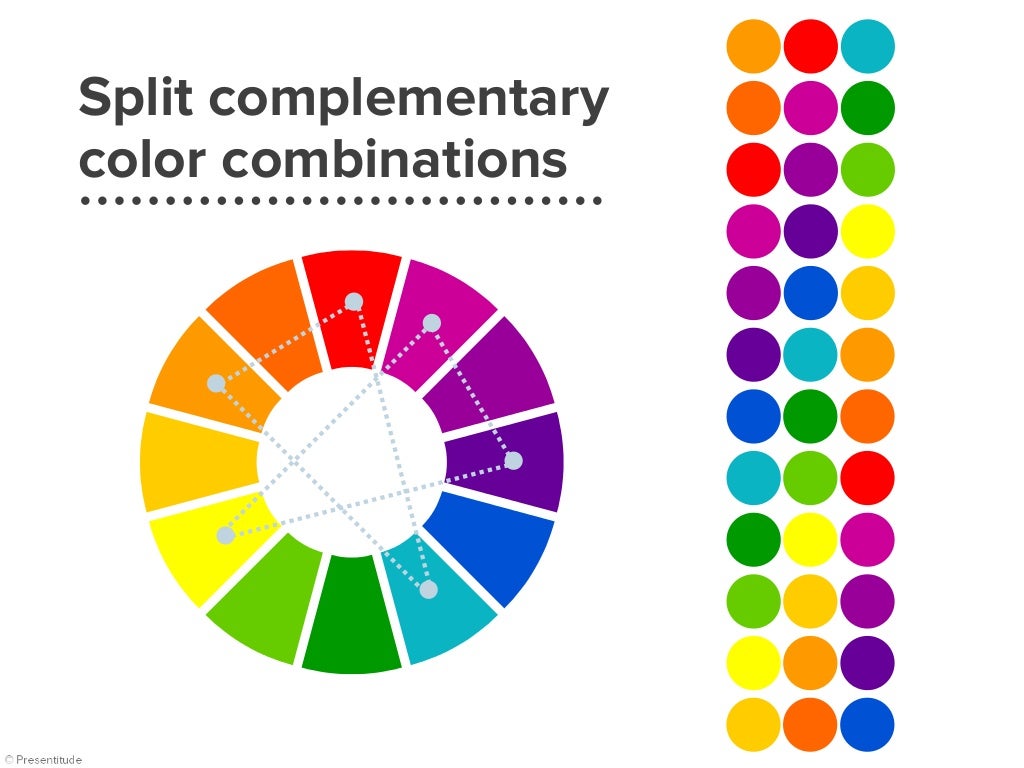
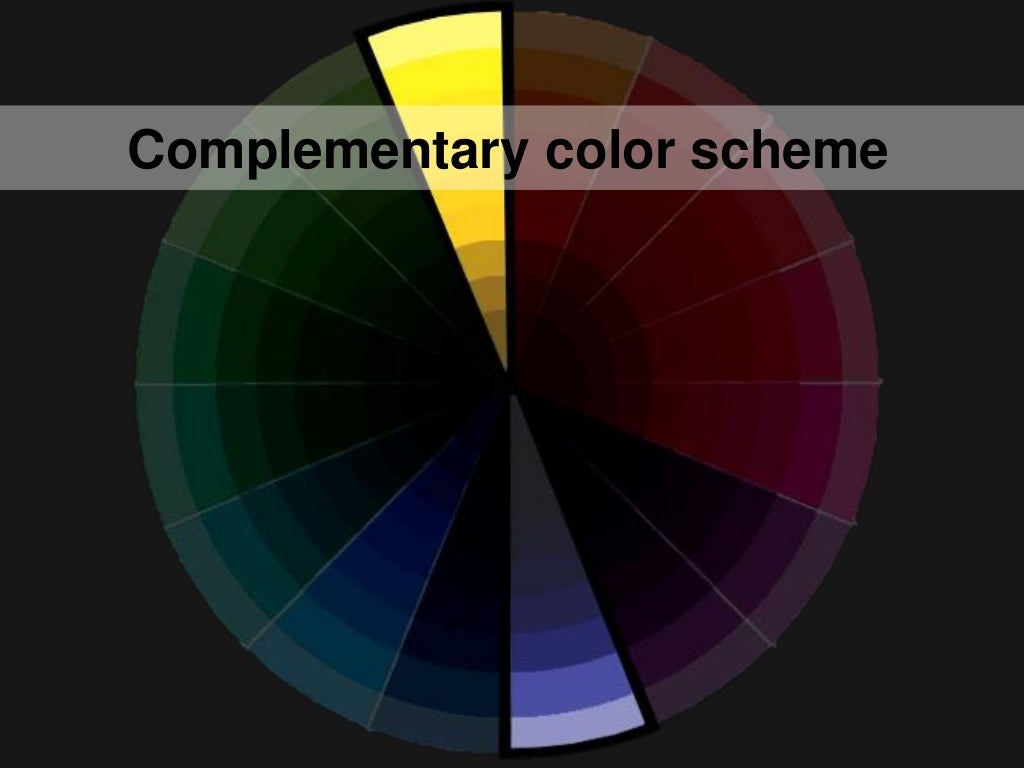


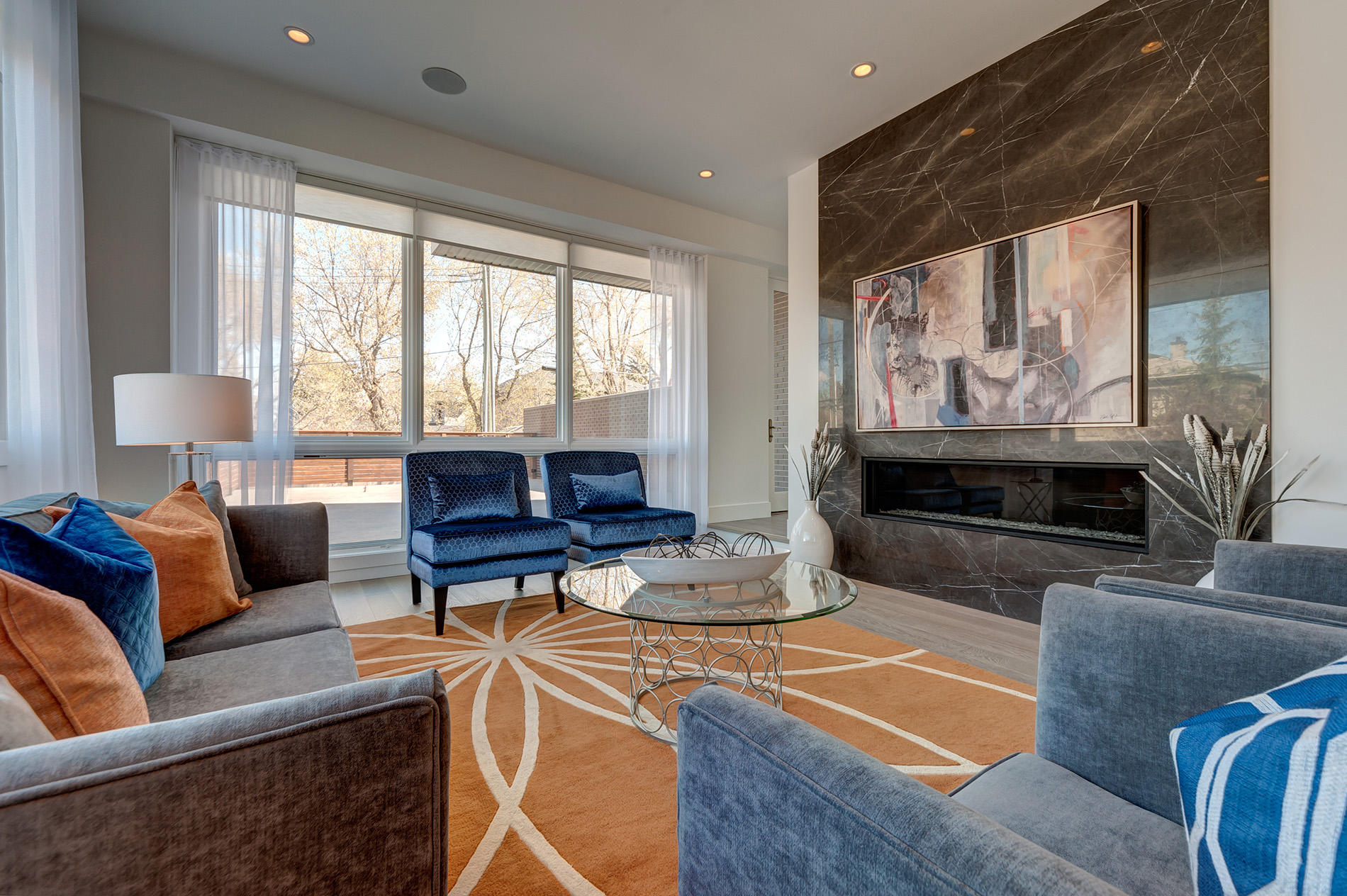
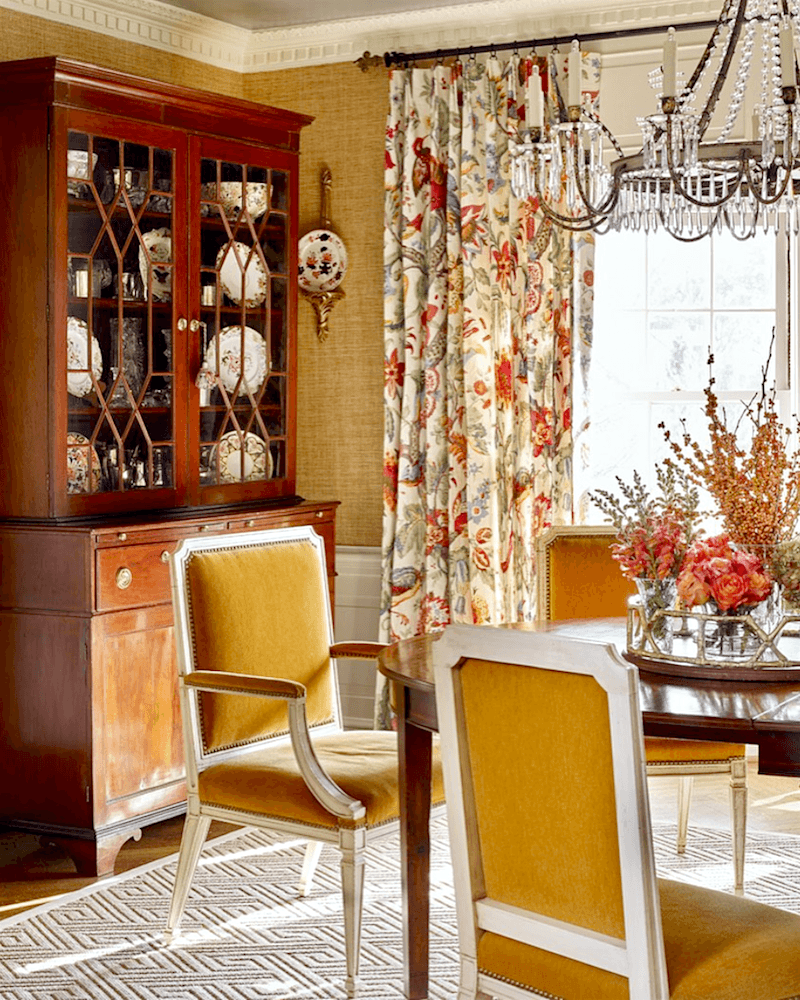
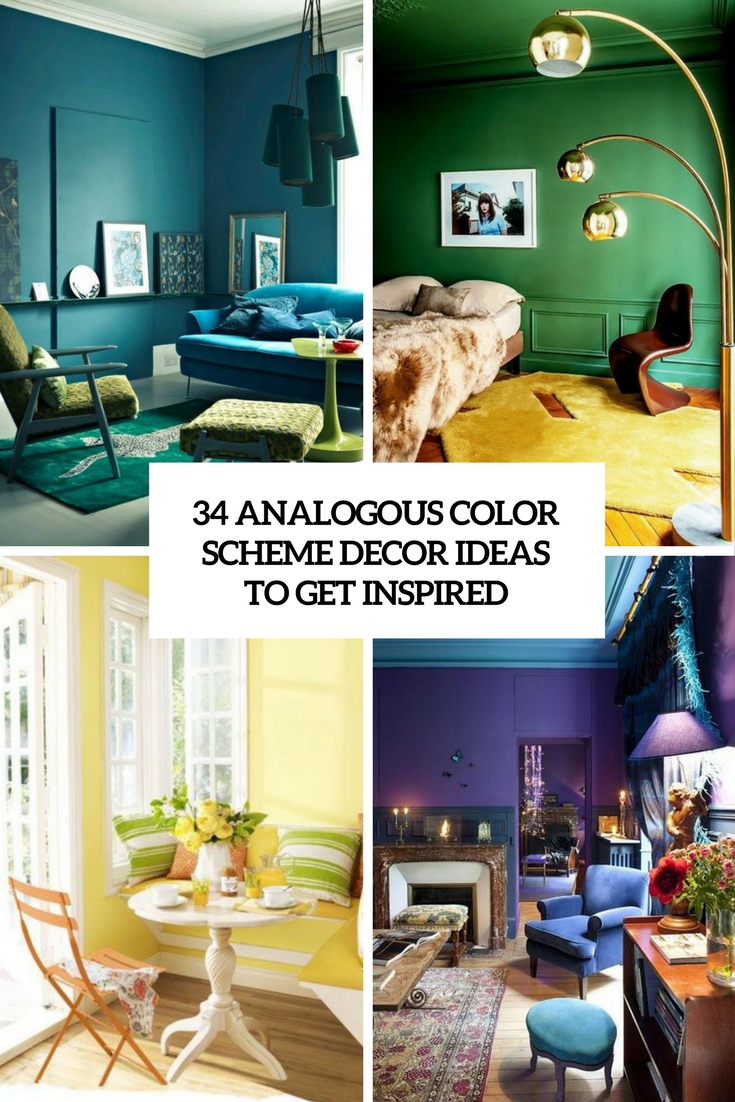
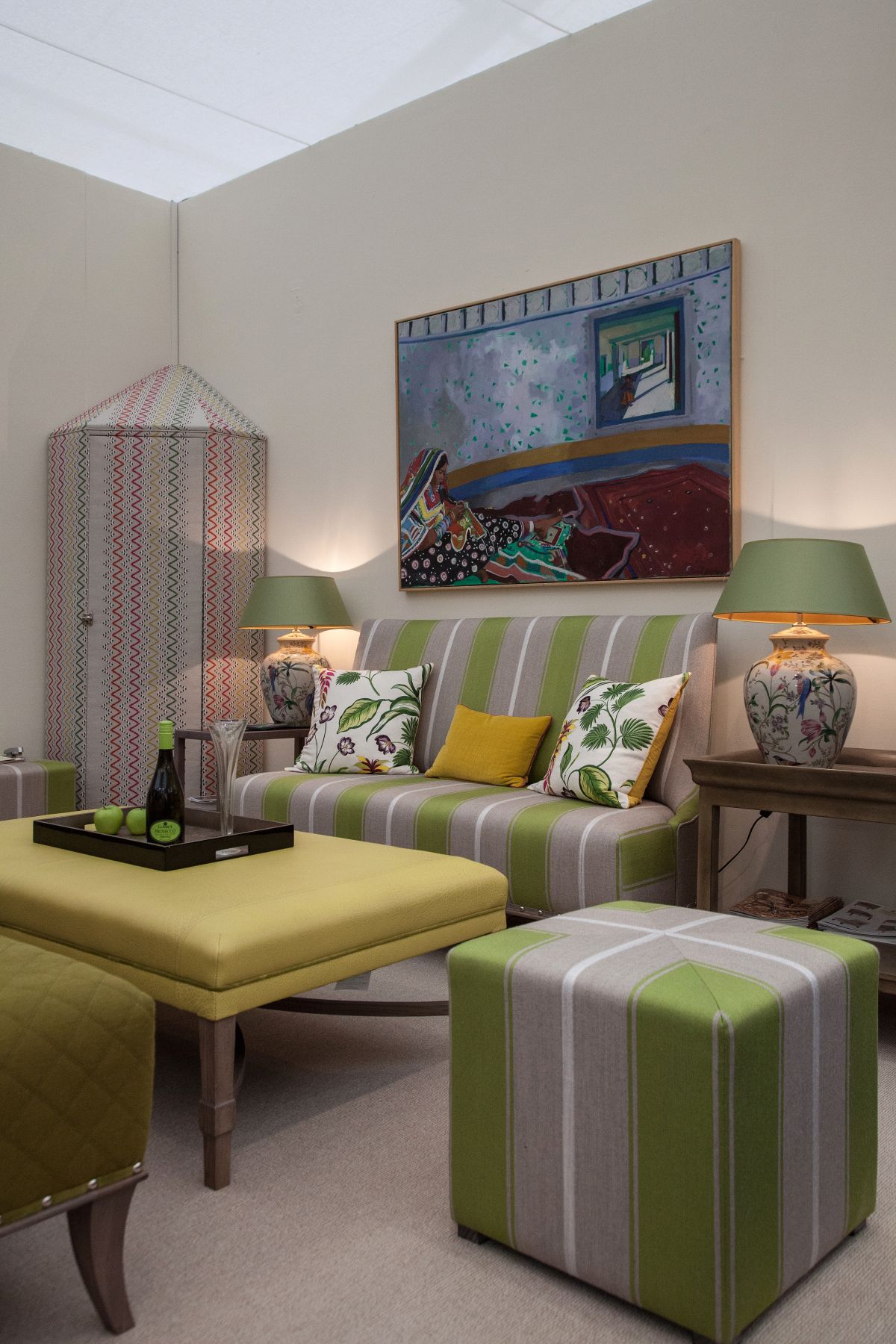
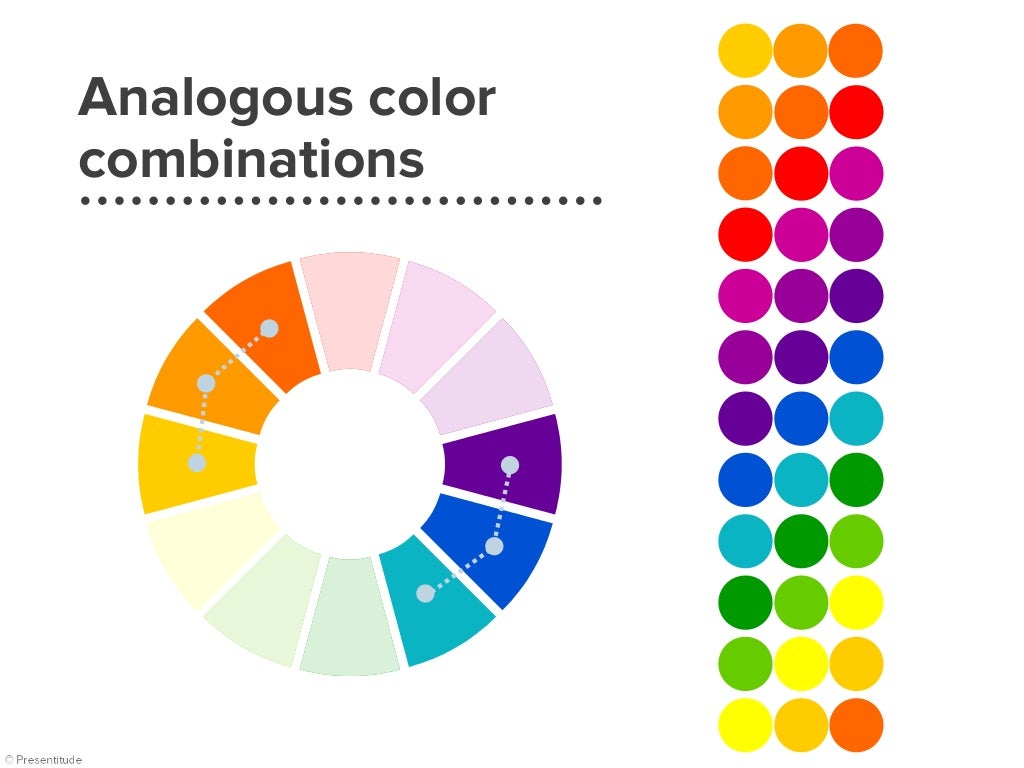
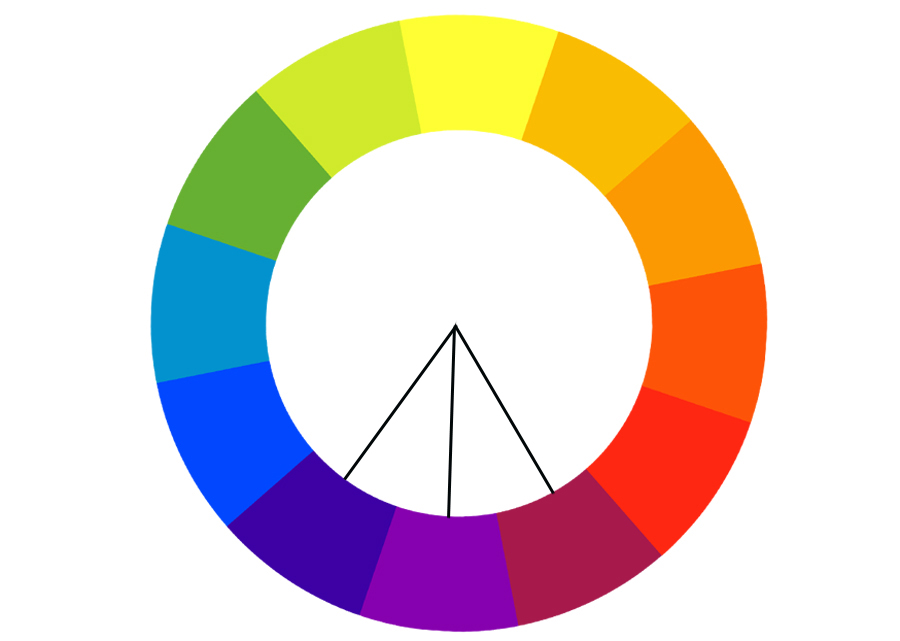
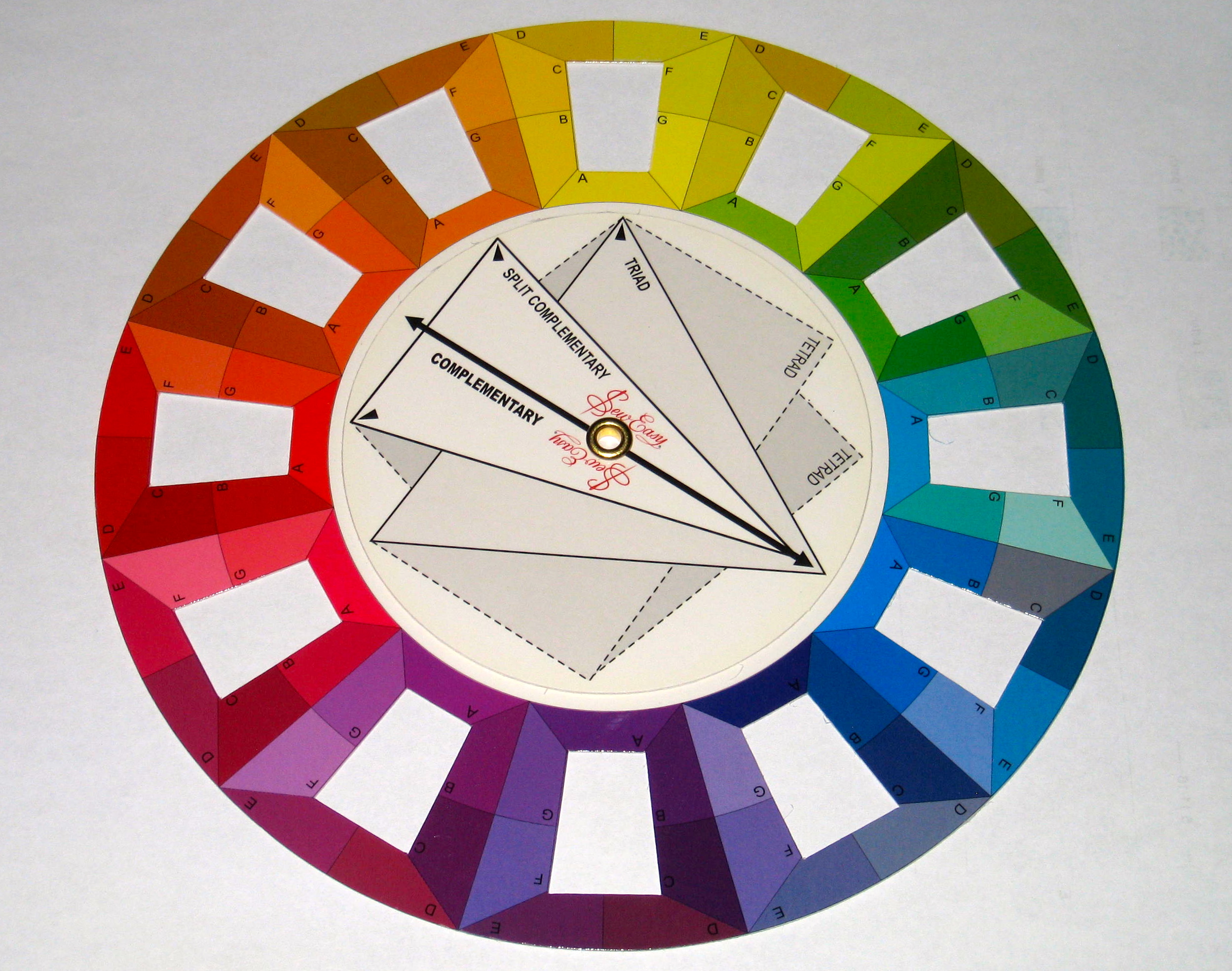


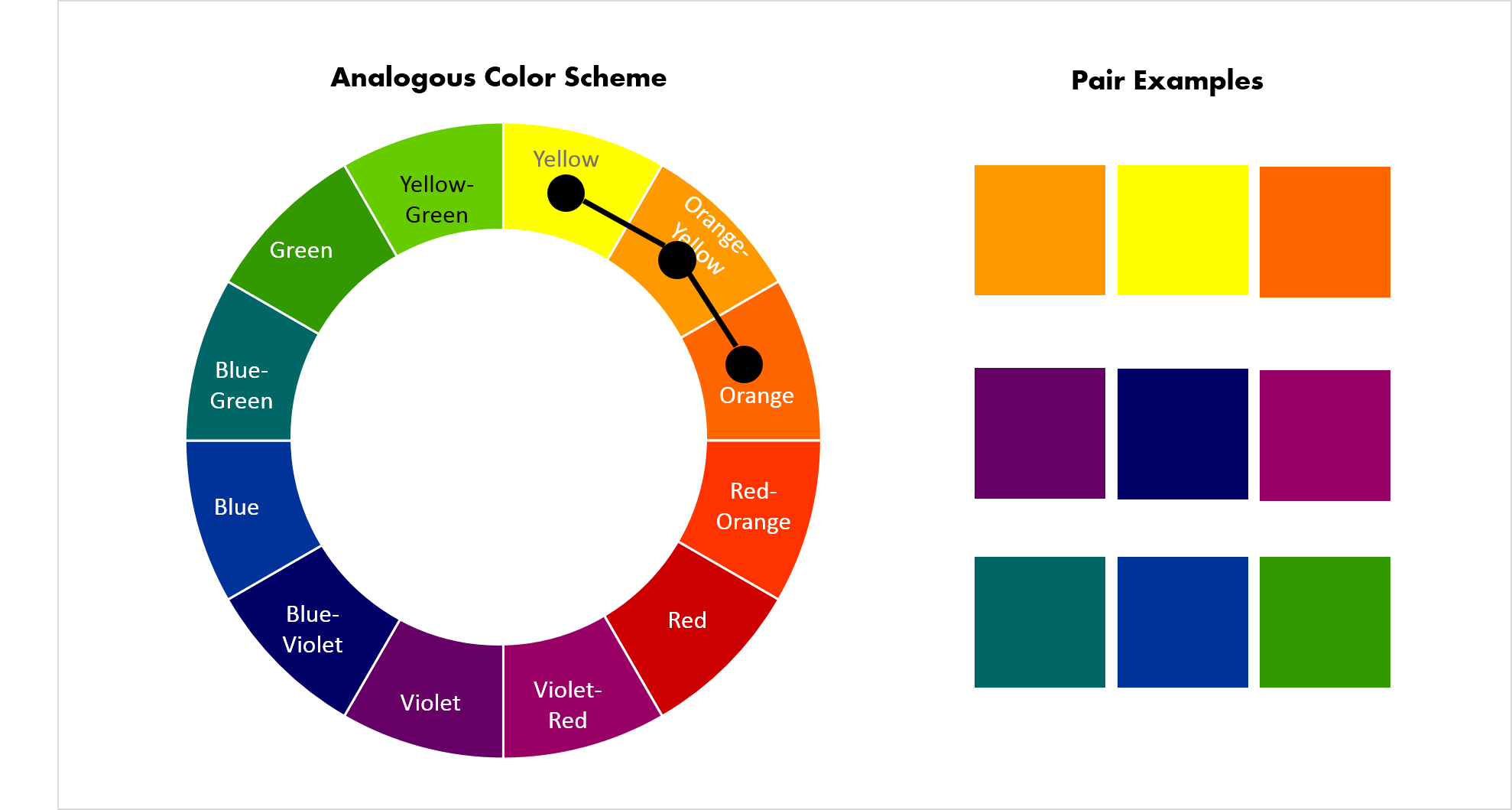
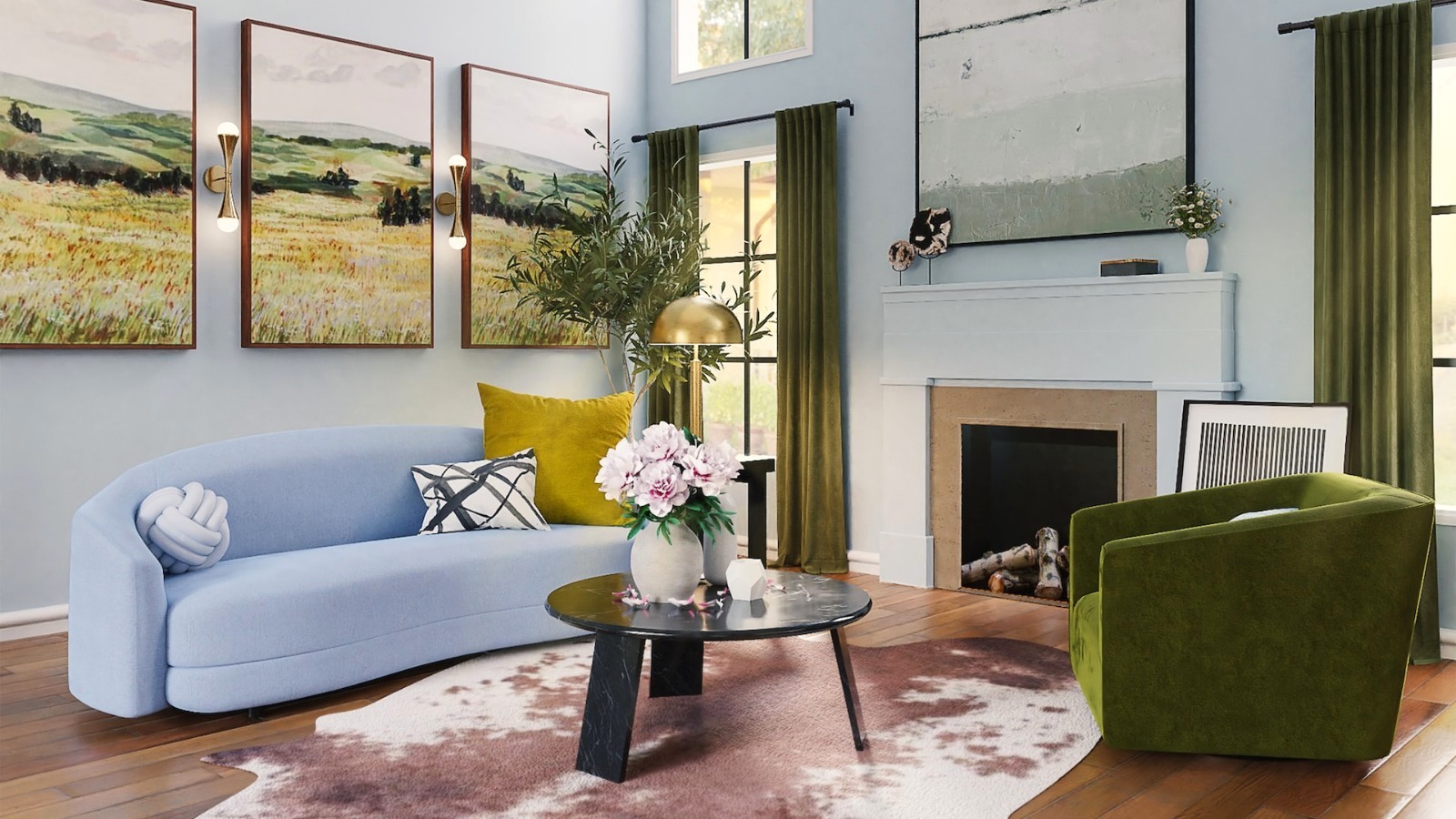






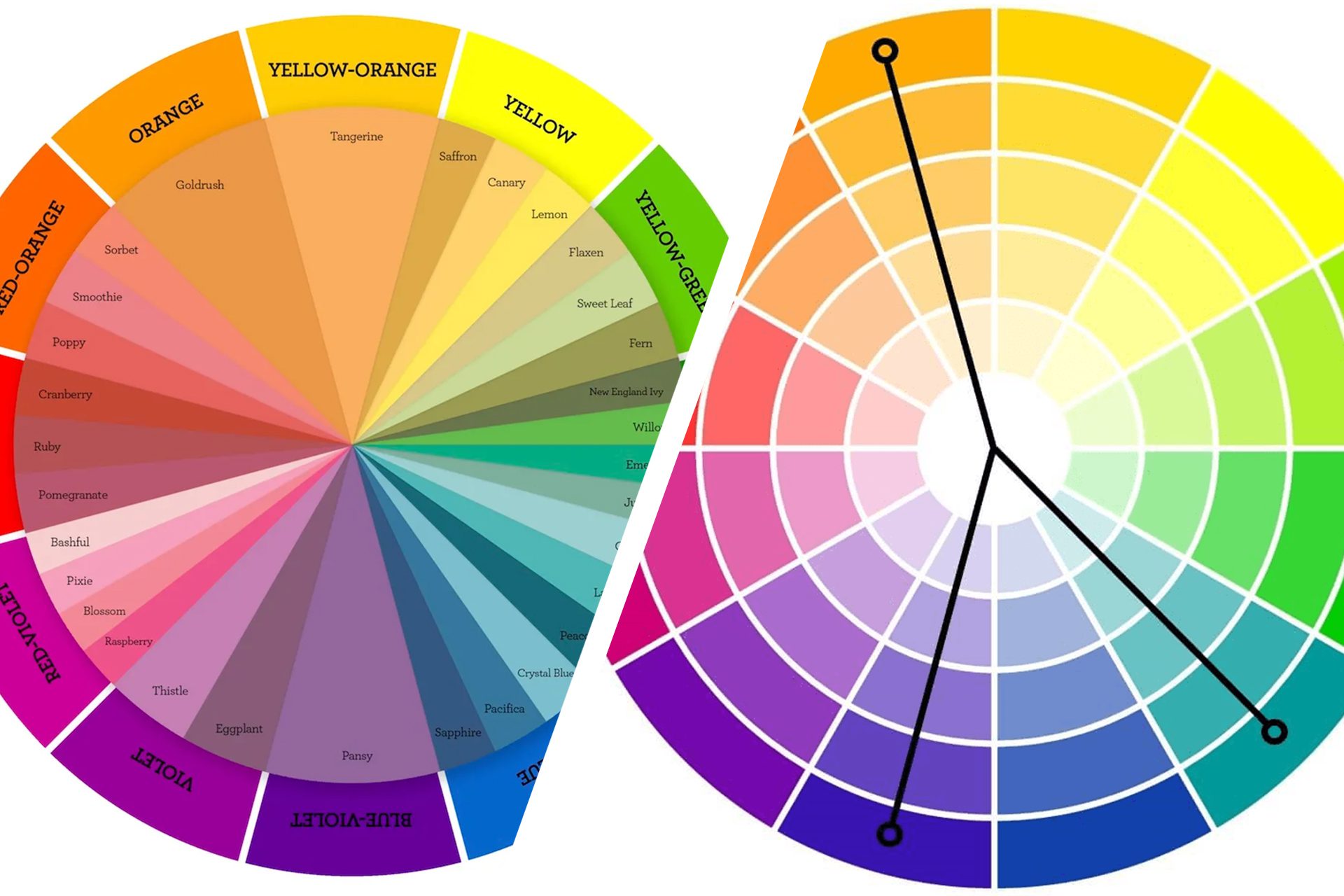


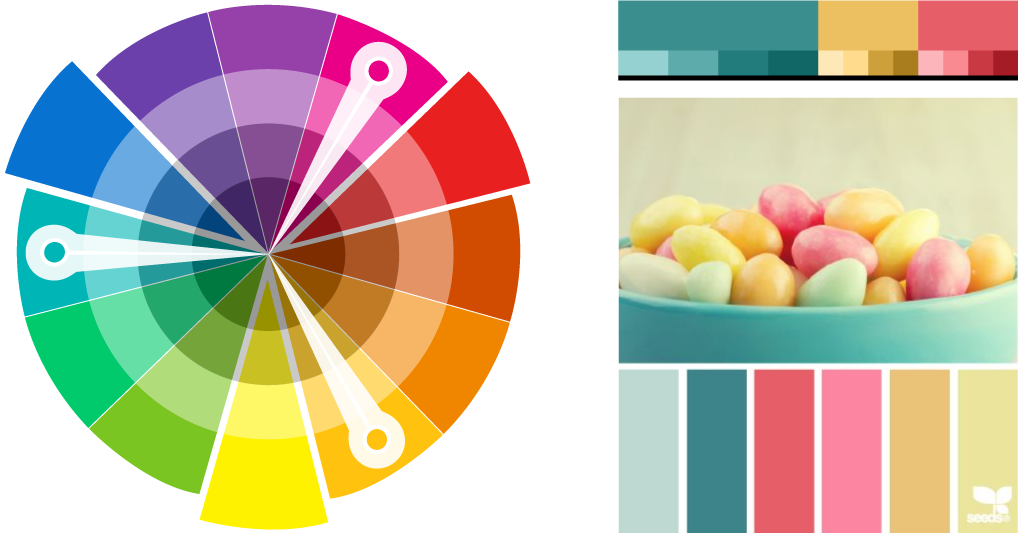


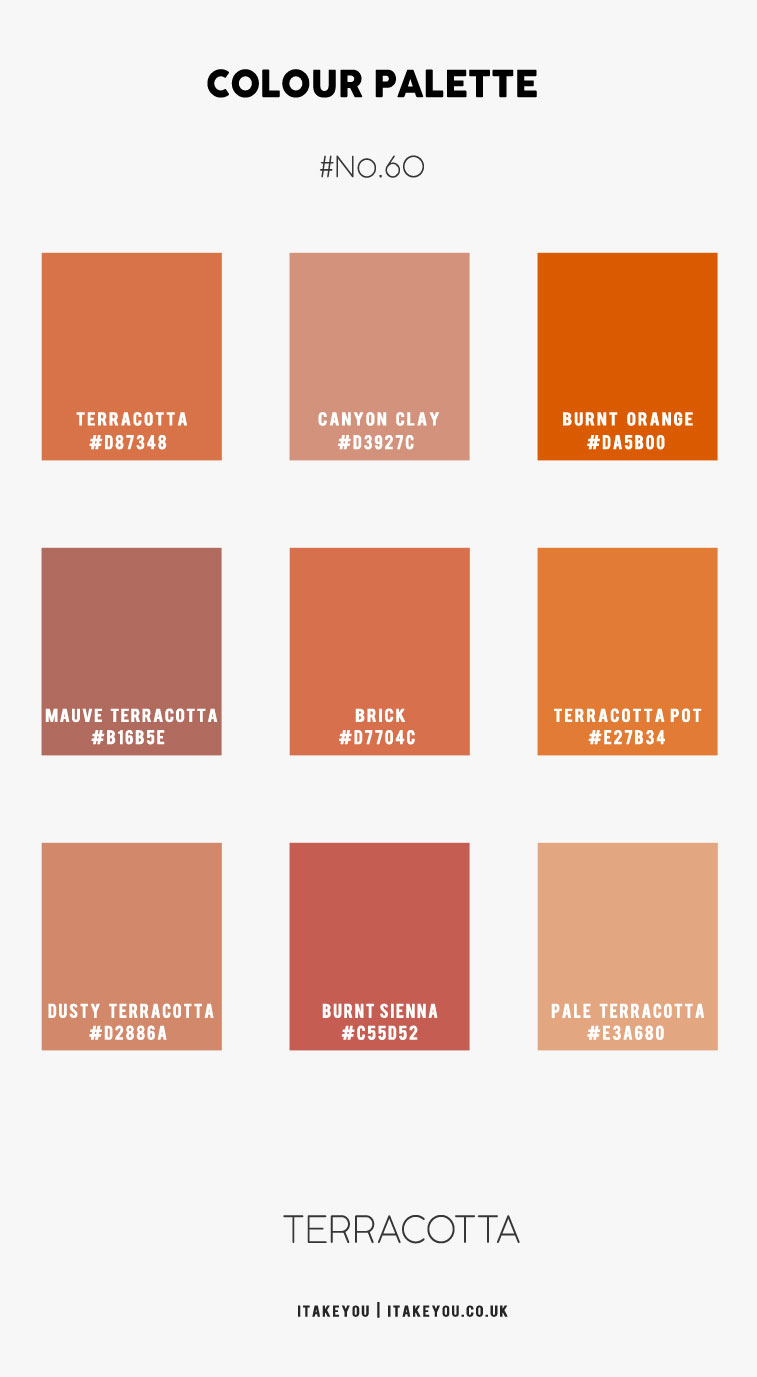

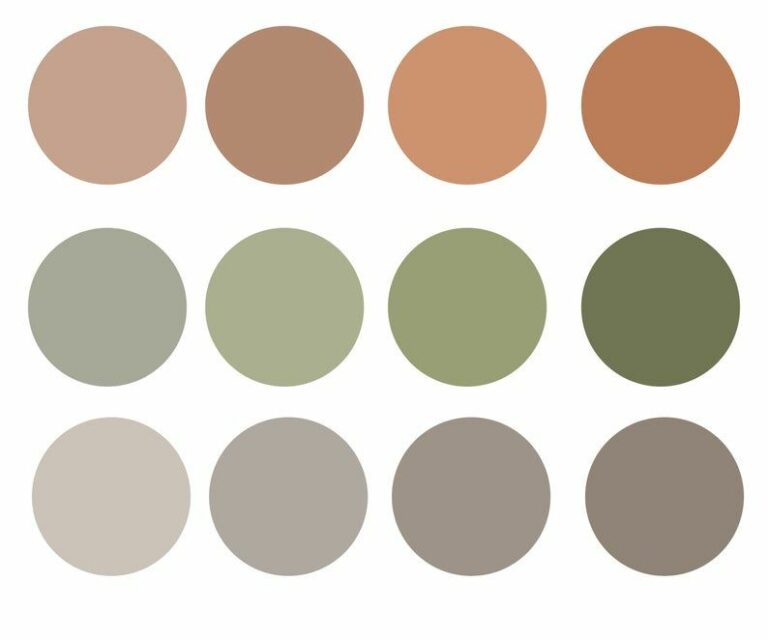




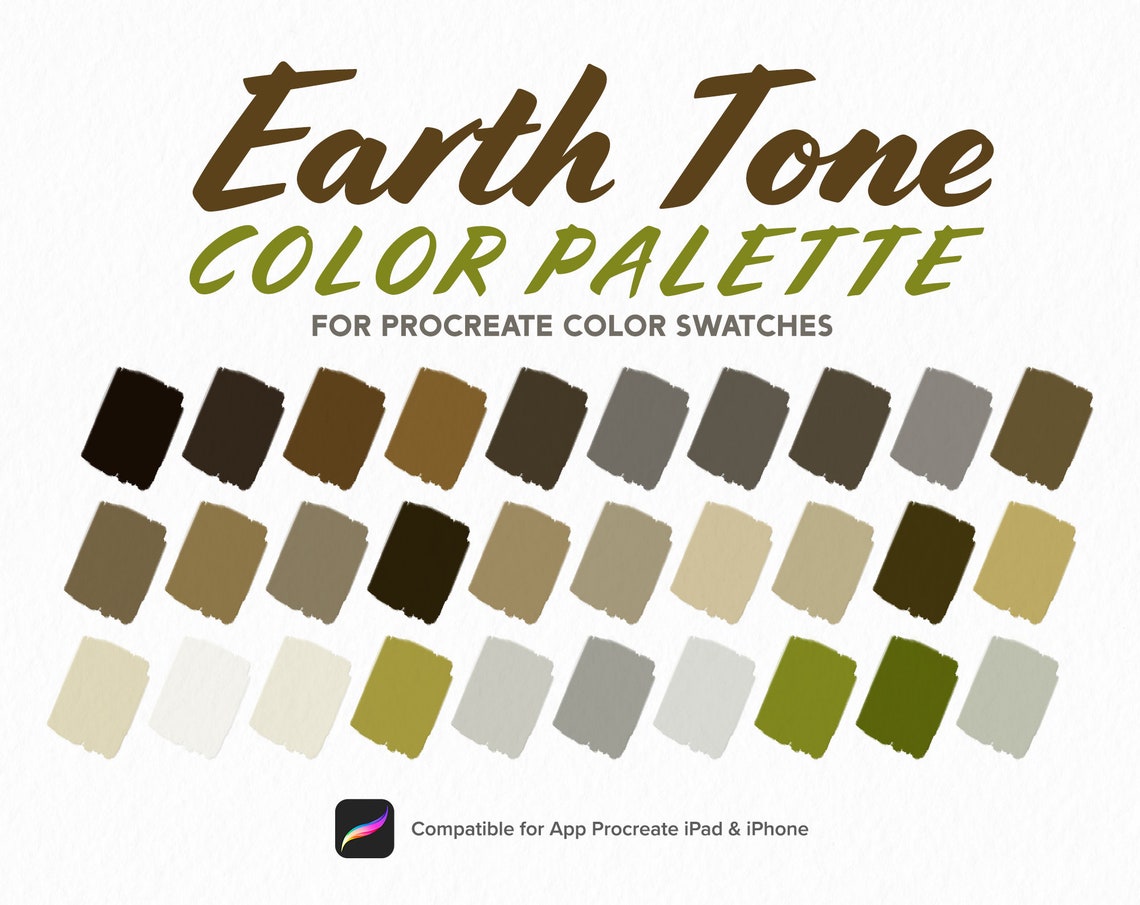
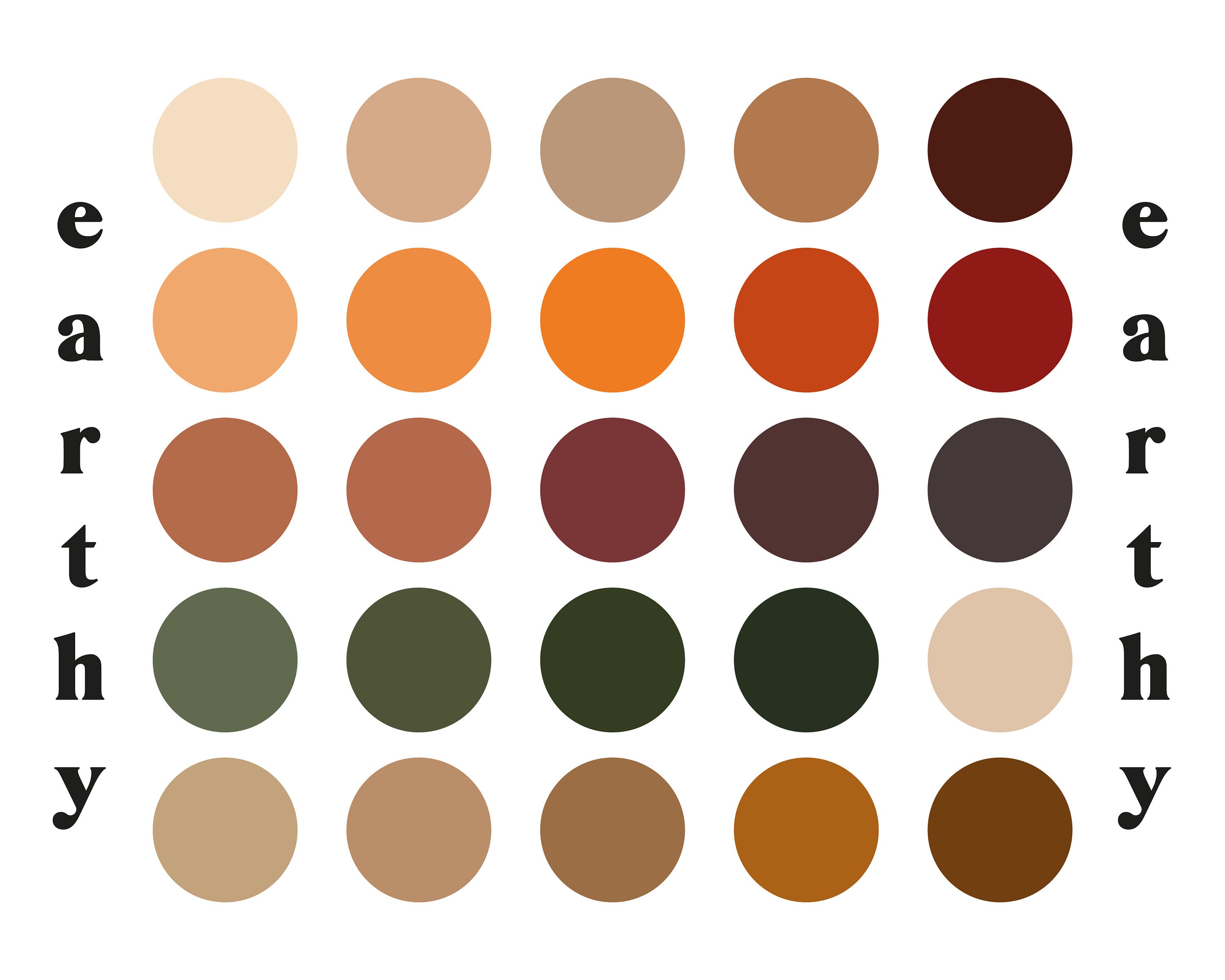









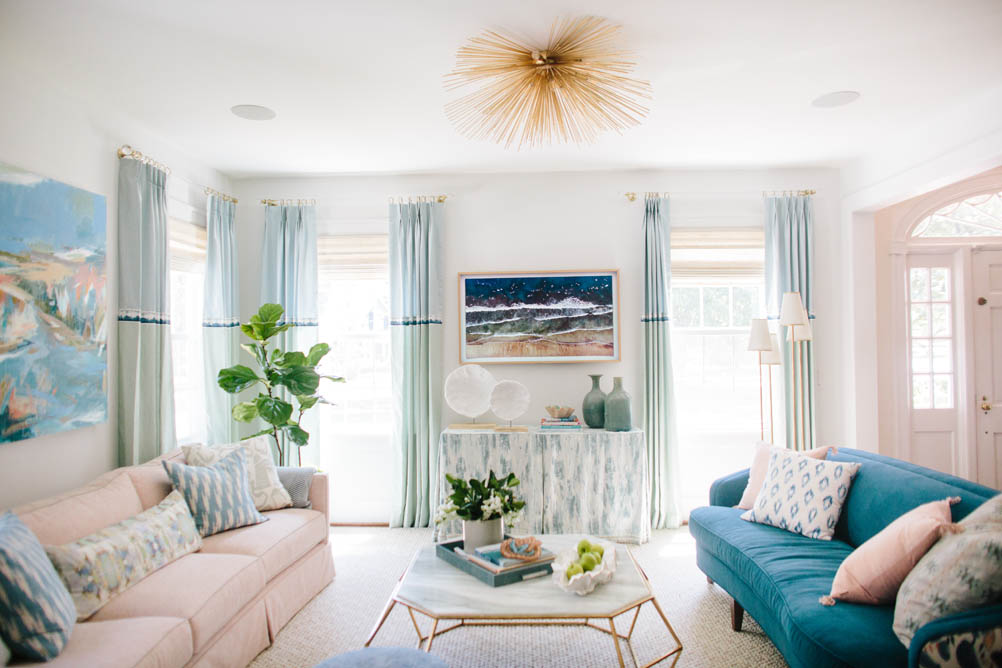



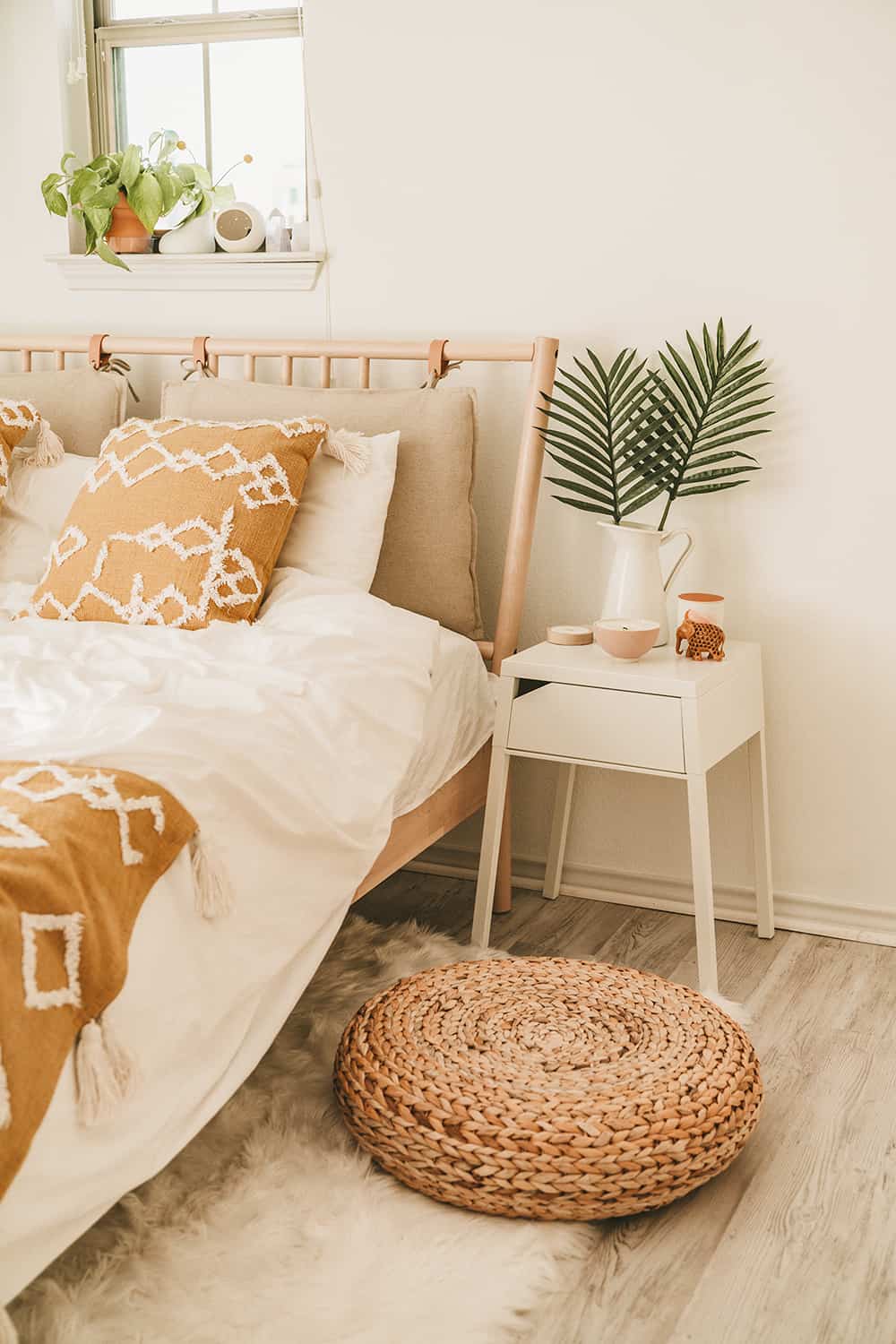



:max_bytes(150000):strip_icc()/purple-green-orange-bohemian-585afbdb5f9b586e023085fa.jpg)
